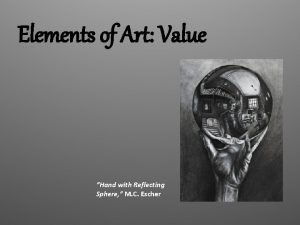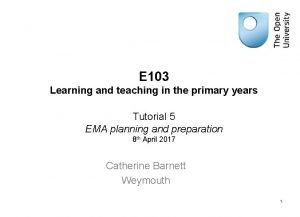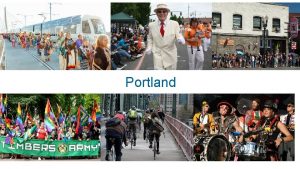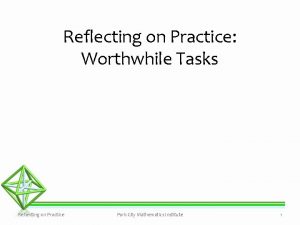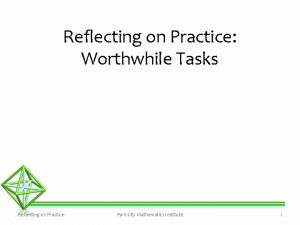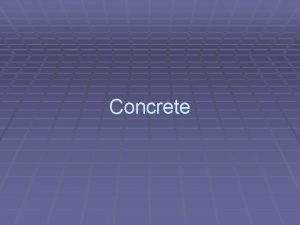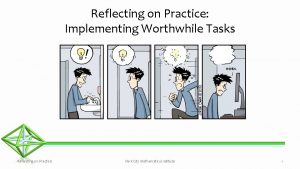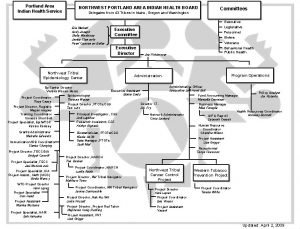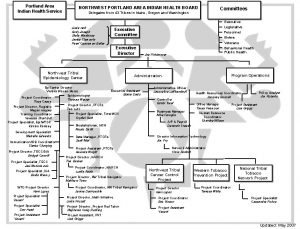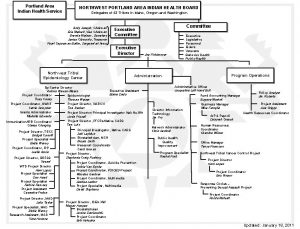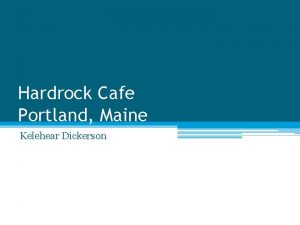Reflecting on Practice Portland day one 2019 Reflecting

















- Slides: 17

Reflecting on Practice Portland; day one 2019 Reflecting on Practice Park City Mathematics Institute 1

Goal of PCMI/TLP Reflecting on Practice To disrupt your thinking about what “needs” to happen in your classroom. Doesn’t imply that you need/want/ought to change everything. We want you to be willing/able to examine your instructional choices to ensure they are aligned with learning goals for students. 2

Leveraging Artifacts of Student Thinking Our students are continually providing evidence of their thinking throughout the course of the school day and the academic year. We will be examining ways these physical records of their thinking can be viewed as a natural resource of classrooms, and better used to serve us as teachers and our students as learners. Reflecting on Practice Park City Mathematics Institute 3

Artifacts of Student Thinking Think about your classroom. What tangible residue of students’ thinking exists there? Generate as complete a list as possible of the various forms of artifacts that students create which provide you with evidence of their thinking. Reflecting on Practice Park City Mathematics Institute 4

Artifacts of Student Thinking Over our time together we are going to examine some possibilities for leveraging artifacts for student thinking to: ➢benefit teachers in collaboration/conversation w/colleagues & to inform their own instruction ➢benefit students as individuals ➢benefit the classroom community of all learners 5

Artifacts of Student Thinking ➢Warm Up/Do Now ➢Homework ➢Quizzes/Tests ➢Projects ➢Discussions ➢Work on board (including VNPS) ➢Classwork (group or individual; paper or digital) ➢Exit Tickets/Slips 6

Photos: Uses of Student Artifacts (your sticky notes) http: //bit. ly/portlandstickies Note: click on the small images to view larger images so that you can actually read the sticky notes! 7

Artifacts of Student Thinking ➢Take a post-it. ➢Write one idea for using a particular artifact of student thinking. ➢Label the idea as more useful to students (S) or teachers (T). ➢Stick it up and go again. 8

Digging into Leveraging Artifacts of Student Thinking Ways to better maximize value of artifacts to benefit teachers in collaborating with colleagues and for us as individuals. Ways to better maximize value of artifacts to benefit students as individuals and as part of a community of learners. 9

Artifacts of Student Thinking The task at hand: 10

Artifacts of Student Thinking Take the set of student work on the Farmer Granjero task, and spread it out on the table so everyone can see it all at once. 11

Artifacts of Student Thinking What could your colleague notice about this collection of student work? What could your colleague wonder about this collection of student work? Make a 2 -column chart with your own noticing & wondering. Spend 3 minutes on your own. 12

Artifacts of Student Thinking Now take some time to scan the full range of student work provided. Select the student solution work that piques your curiosity the most. Be prepared to explain why! Now find someone you have not yet spoken with and explain your selection. 13

At your table. . . How is the process of looking at student artifacts together a professional learning experience for educators? Use as evidence this and other experiences you may have had previously. 14

Lenses for Looking We used a lens of “curiosity” to talk about the solutions. What other lenses could you use at your table to look at student work? Call on your experiences when you examined student work with other teachers -- or -- what is a new lens that you haven’t seen used? 15

Lenses for Looking In talking about student work with colleagues ‘lenses for looking’ can provide a shared focus and a shared vocabulary. They can also be used to maintain an equity stance and avoid/push back on deficit language. https: //tinyurl. com/TTConversation 16

Artifacts of Student Thinking as a Formative Tool "The central idea of formative assessment, or assessment for learning, is that evidence of student learning is used to adjust instruction to better meet student learning needs. " -Dylan Wiliam Reflecting on Practice Park City Mathematics Institute 17
 Day 1 day 2 day 3 day 4
Day 1 day 2 day 3 day 4 Day one day one noodle ss2
Day one day one noodle ss2 Day one day one ss2
Day one day one ss2 Day 1 day 2 day 817
Day 1 day 2 day 817 Casting crowns dying he saved me
Casting crowns dying he saved me One god one empire one religion
One god one empire one religion One one one little dog run
One one one little dog run One king one law one faith
One king one law one faith Byzantine definition
Byzantine definition One ford behaviors
One ford behaviors See one do one teach one
See one do one teach one One price policy
One price policy Night structure
Night structure See one do one teach one
See one do one teach one One vision one identity one community
One vision one identity one community Asean one vision one identity one community
Asean one vision one identity one community Value sphere painting
Value sphere painting E103 tma 02
E103 tma 02
















